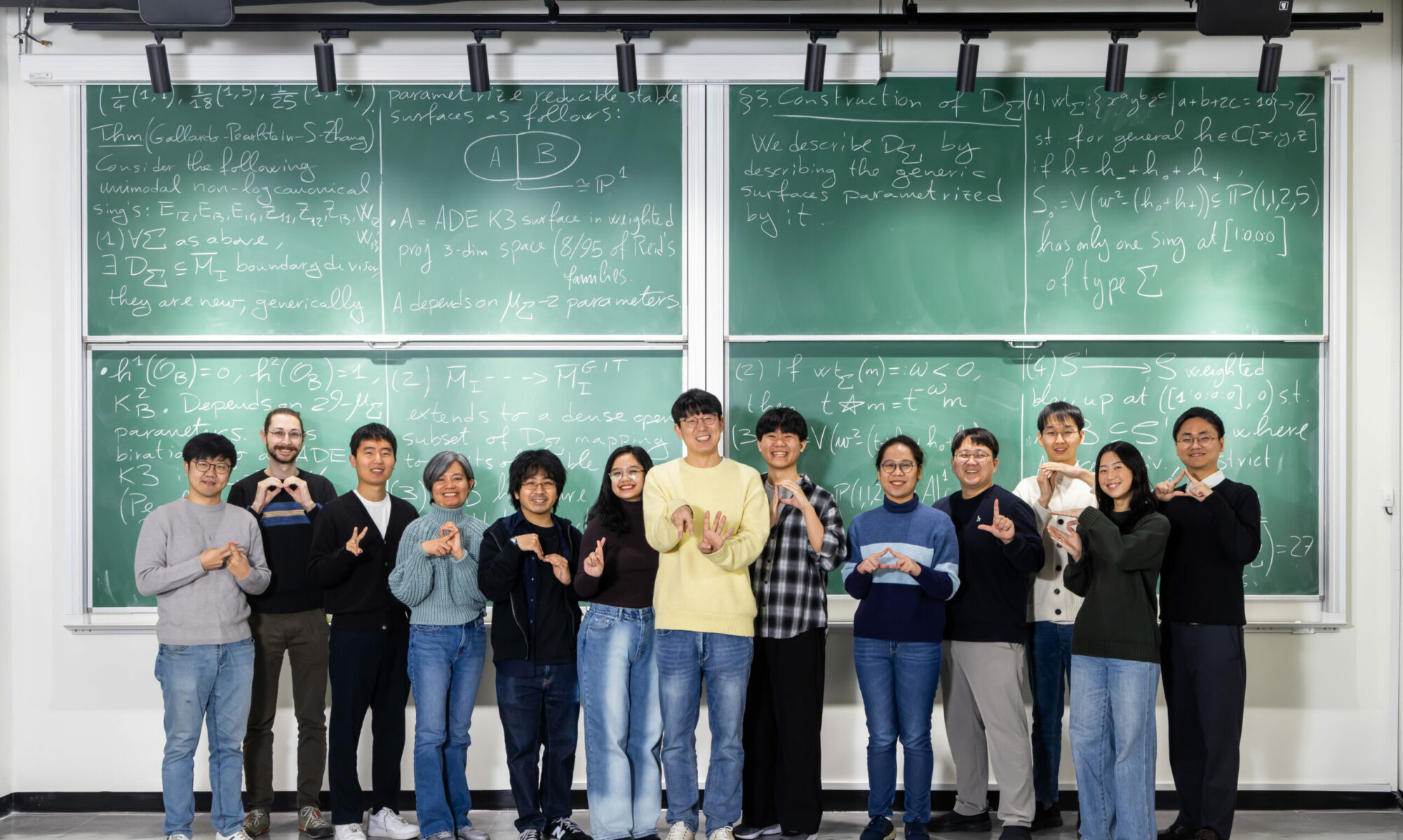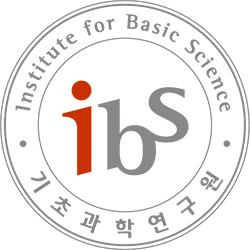
- This event has passed.
Deciphering circadian clock cell network morphology within the biological master clock, the suprachiasmatic nucleus
June 29, 2021 @ 1:00 pm - 2:00 pm KST
Daejeon, 34126 Korea, Republic of + Google Map
Abstract: The biological master clock, the suprachiasmatic nucleus (SCN) of a mouse, contains many (~20,000) clock cells heterogeneous, particularly with respect to their circadian period. Despite the inhomogeneity, within an intact SCN, they maintain a very high degree of circadian phase coherence, which is generally rendered visible as system-wide propagating phase waves. The phase coherence is vital for mammals sustaining various circadian rhythmic activities. It is supposedly achieved not by one but a few different cell-to-cell coupling mechanisms: Among others, action potential (AP)-mediated connectivity is known to be essential. However, due to technical difficulties and limitations in experiments, so far, very little information is available about the (connectome) morphology of the AP-mediated SCN neural connectivity. With that limited amount of information, here we exhaustively and systematically explore a large (~25,000) pool of various model network morphologies to come up with the most realistic case for the SCN. All model networks within this pool reflect an actual indegree distribution as well as a physical range distribution of afferent clock cells, which were acquired in earlier optogenetic connectome experiments. Subsequently, our network selection scheme is based on a collection of multitude criteria, testing the properties of SCN circadian phase waves in perturbed (or driven) as well as in their natural states: Key properties include, 1) degree of phase synchrony (or dispersal) and direction of wave propagation, 2) entrainability of the model oscillator networks to an external circadian forcing (mimicking the light modulation subject to the geophysical circadian rhythm), and 3) emergence of “phase-singularities” following a global perturbation and their decay. The selected network morphologies require several common features that 1) the indegree – outdegree relation must have a positive correlation; 2) the cells in the SCN core region have a larger total (in+out) degree than that of the shell region; 3) core to shell (or shell to core) connections should be much less than core to core (and shell to shell) connections. Taken all together, our comprehensive test results strongly suggest that degree distribution over the whole SCN is not uniform but position-dependent and raise a question of whether this inhomogeneous degree distribution is related to the distribution of known subpopulations of SCN cells.

